Constant Flow Valve keep flow rate of gases or liquids at constant value even when the supply or load pressure changes.
Control valve with diaphragm automatically acts following the change of pressure. They are normally delivered together with flowmeter as a “Purge set”.
Primary (Inlet) pressure variation control type and Secondary (Outlet) pressure variation control type are ready to meet all possible applications.
In the PRIMARY (INLET) PRESSURE VARIATION CONTROL TYPE, the fluid, of which inlet pressure varies, is introduced from IN to the lower chamber of the C series Constant Flow Valve.
The load pressure (Secondary pressure) is connected to the upper chamber. The differential pressure between the lower chamber and the upper chamber is always constant, thanks to the function of the Spring and the Diaphragm.
The differential pressure across the needle valve is kept always constant and the fl ow rate of the fluid is proportional only to the opening of needle valve.
The opposite action is taken for SECONDARY (OUTLET) PRESSURE VARIATION CONTROL TYPE and the flow rate is kept also constant even when the load pressure changes.
Applications :
1. Supply Pressure Variations
As shown above, in case one large supply line branches into several lines and the supply pressure changes because of stoppage of some branches.
Primary Pressure Variation type Purge set will be suitable in keeping the purging volume of fl uid.
2. Bubbler Level Measurement
Liquid level in tanks is measured by the Back-pressure at the edge of purging pipe. The outlet pressure at the tank bottom changes depending on the liquid level, and constant bubbling is required.
Thus, Secondary Pressure Variation type purge set is used for this application. A DP transmitter is often connected to pressure line instead of pressure gauge for remote transmission.
3. Purging for Orifice Plate Application
For the measurement of flow rate of corrosive liquids and/or liquids with solids by orifi ce plate, an equal pressure purging both to Hi and Lo pressure parts so as not to introduce liquid and/or solids into DP Pressure lead pipe. Dual mount type purge set used.
Source : tokyokeiso.co.jp


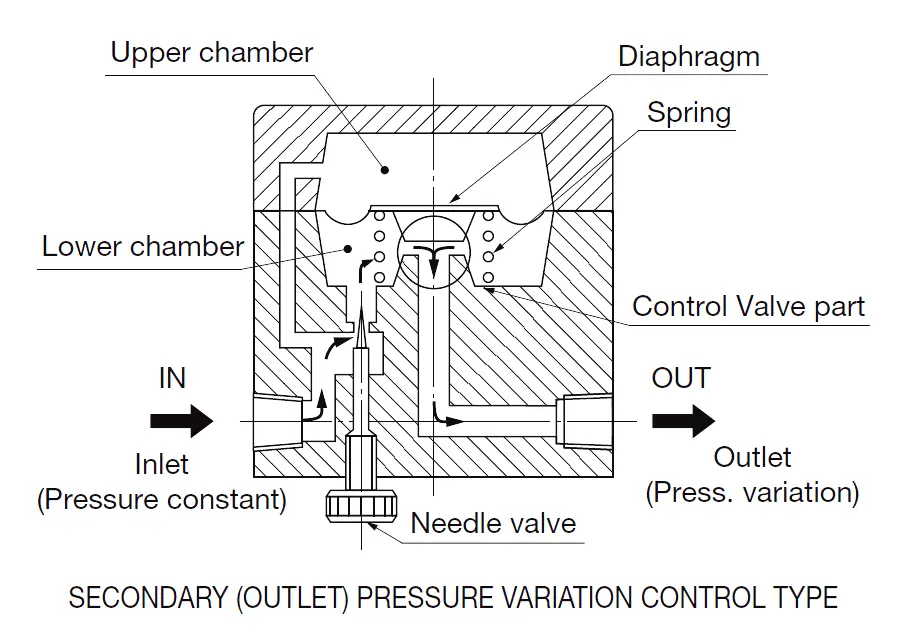
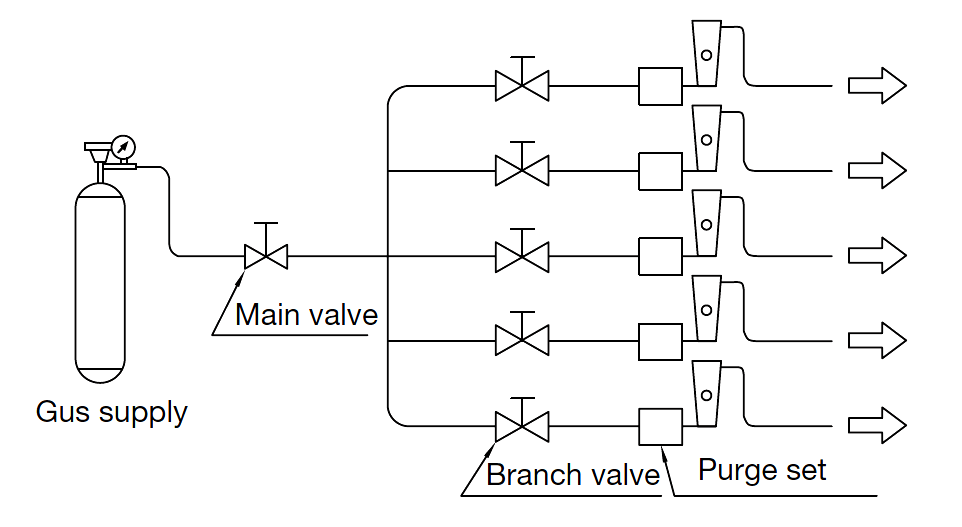
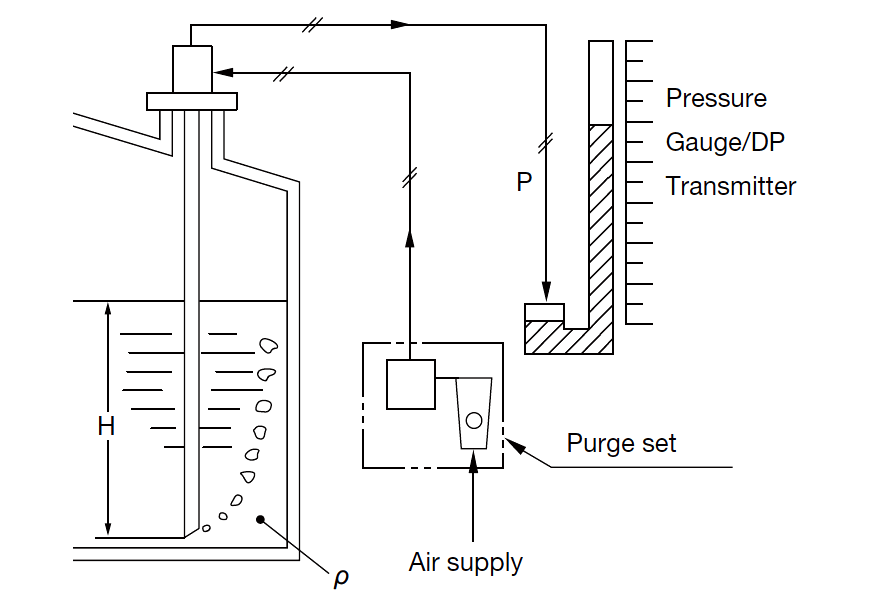
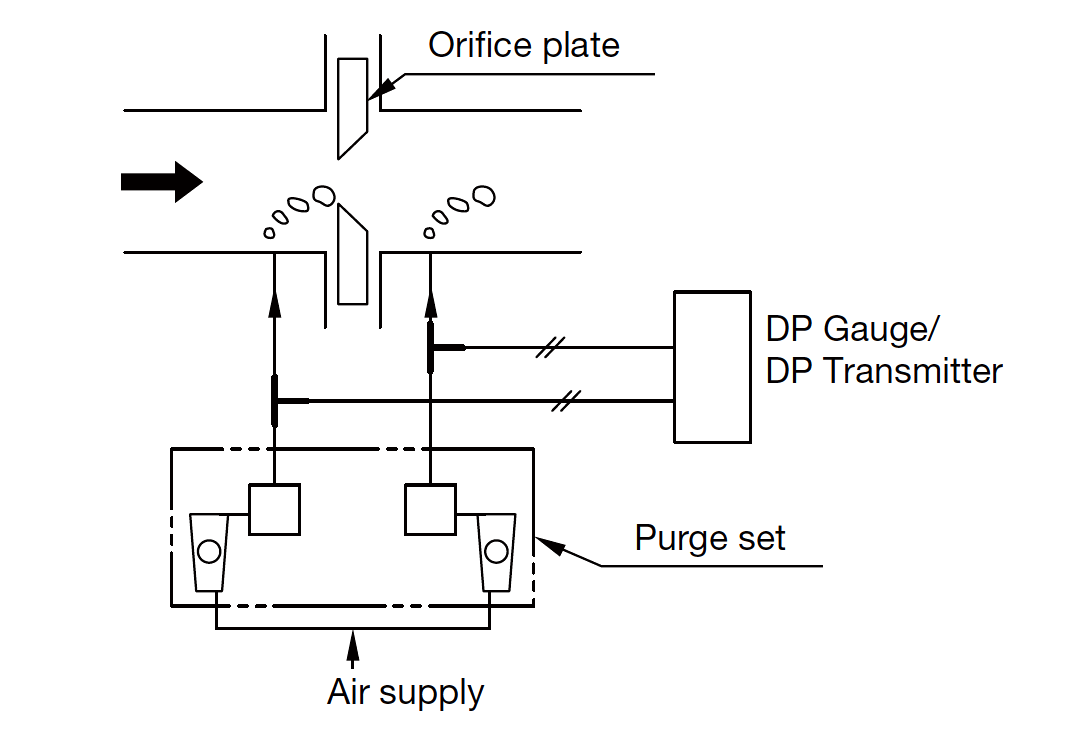
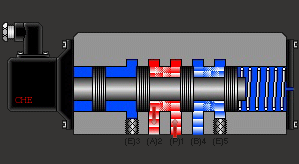
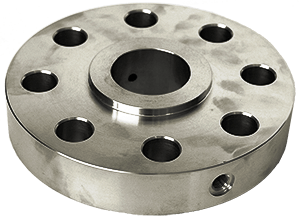
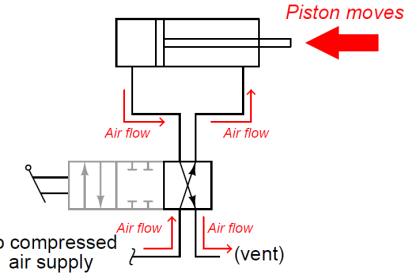

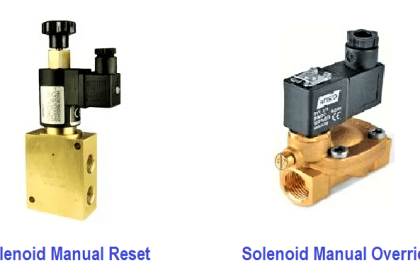
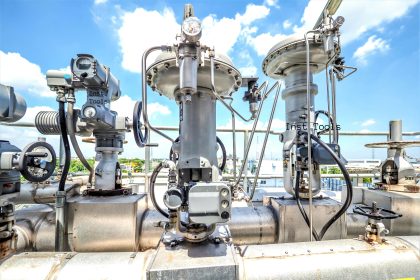
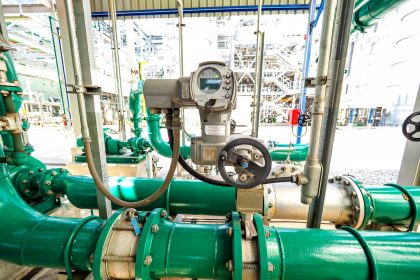

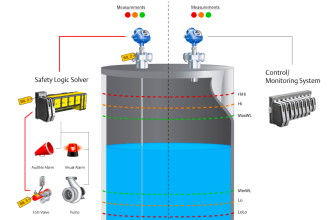
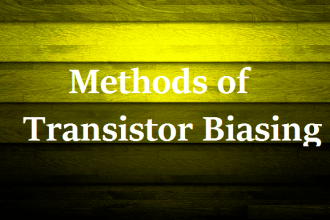
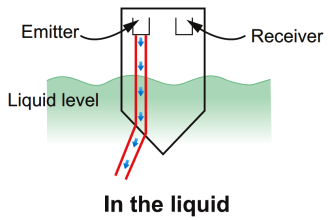
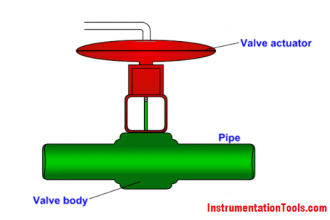
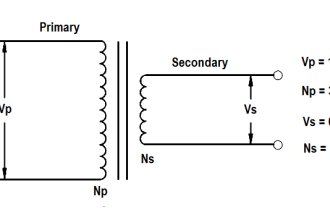

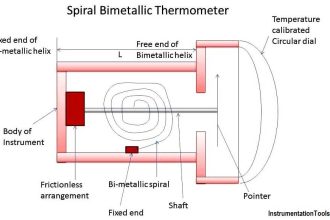
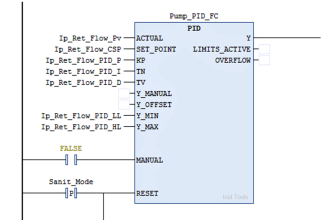

Which type of purging ( inlet Pressure or outlet pressure variation type) method used for measurement of flow and level?